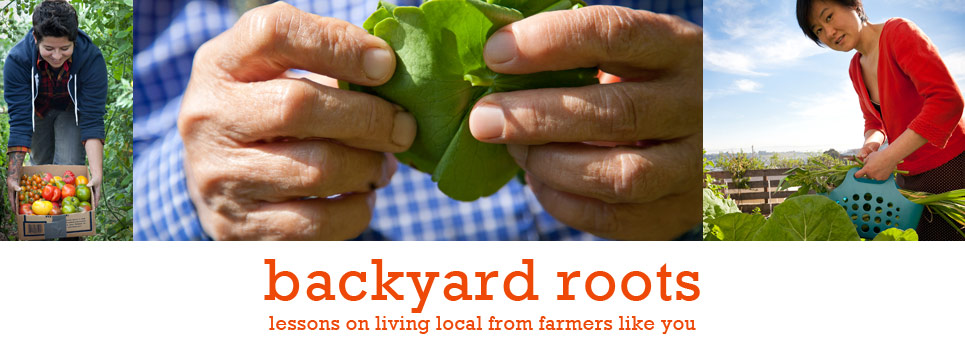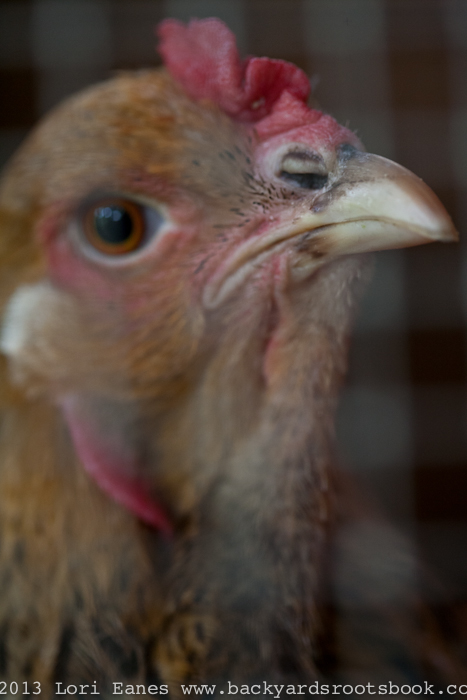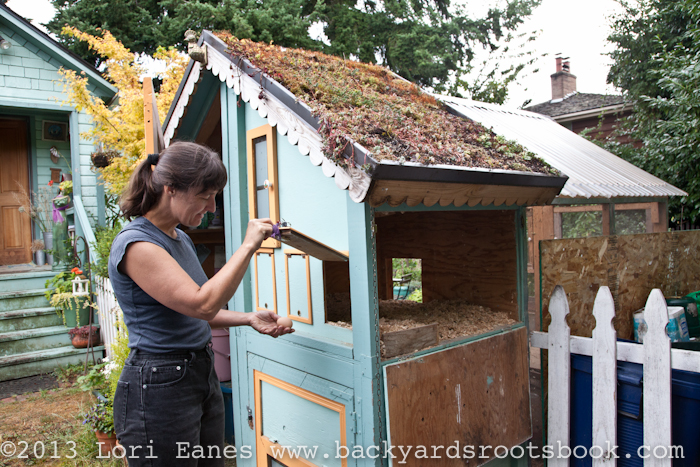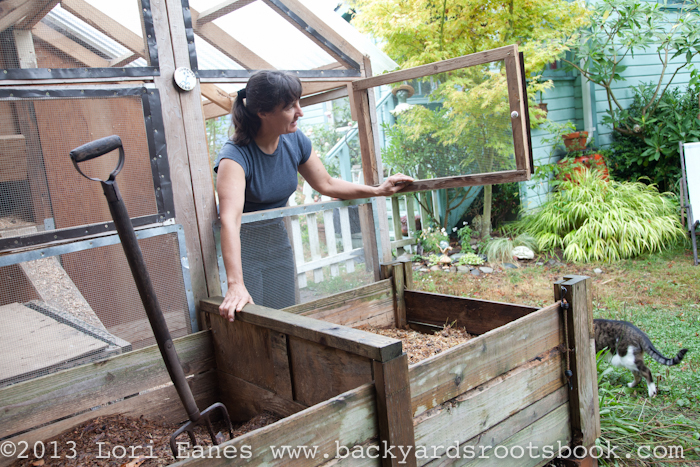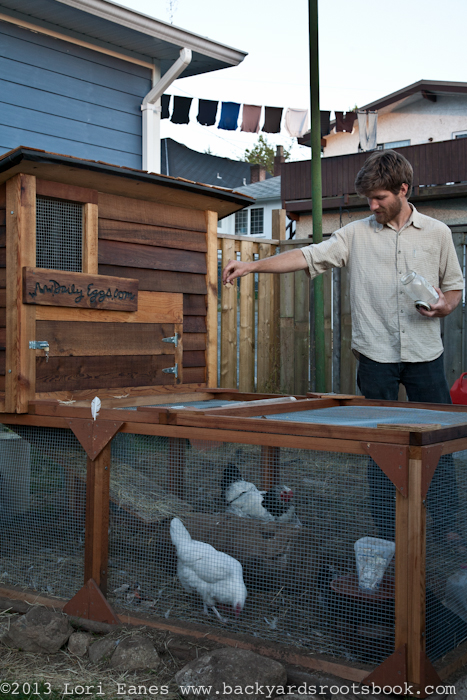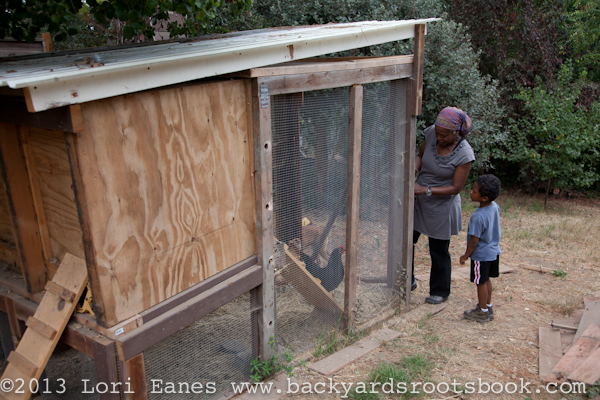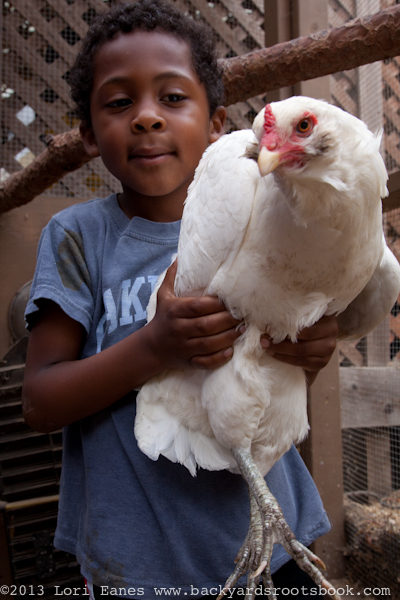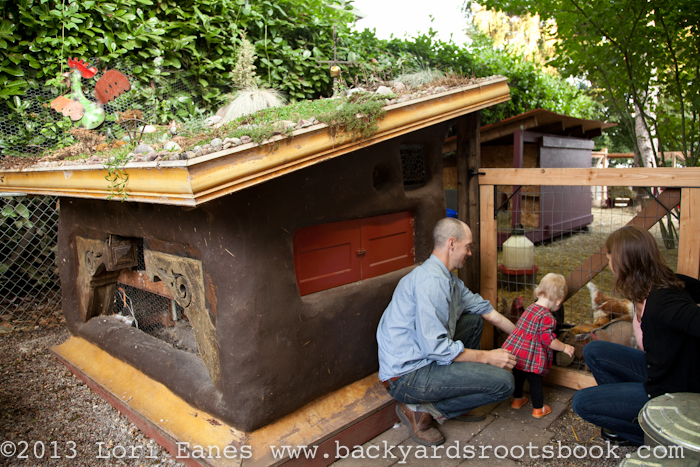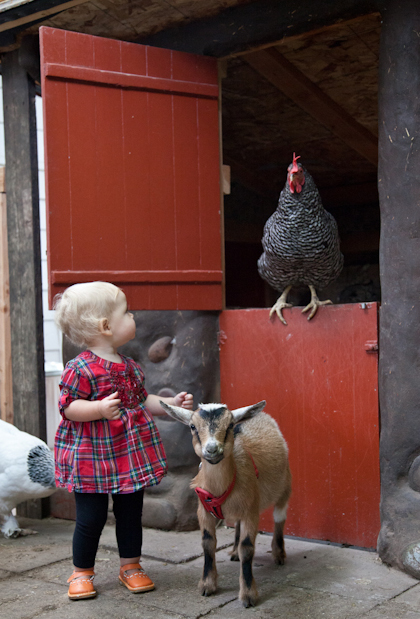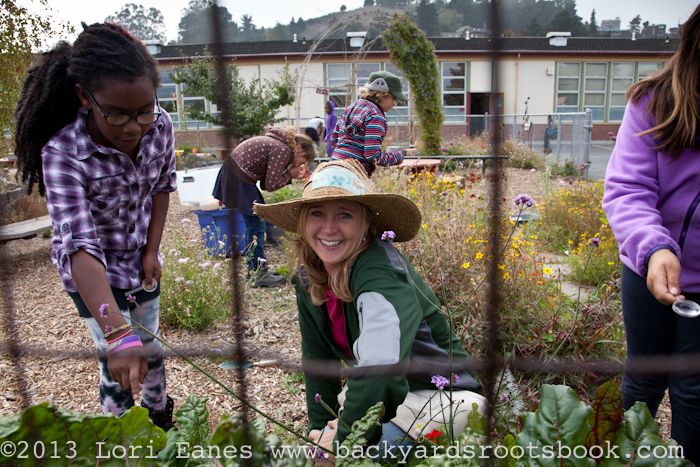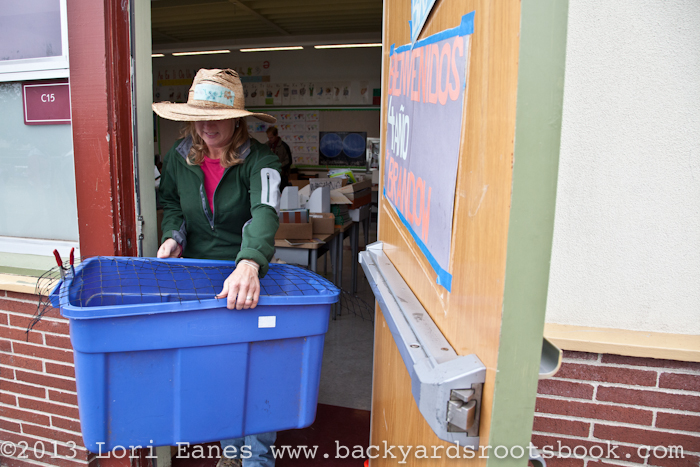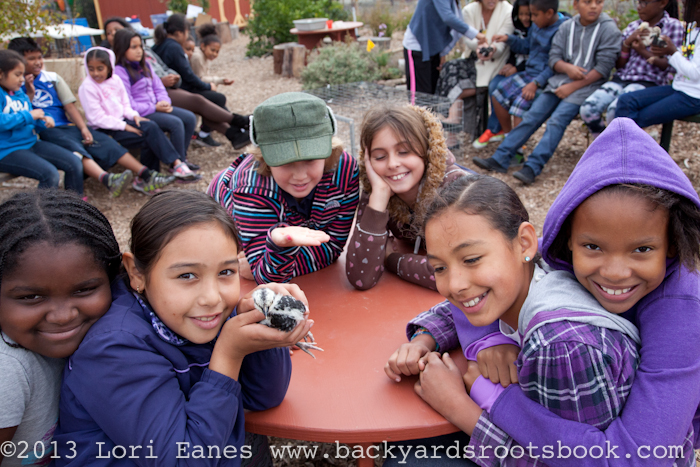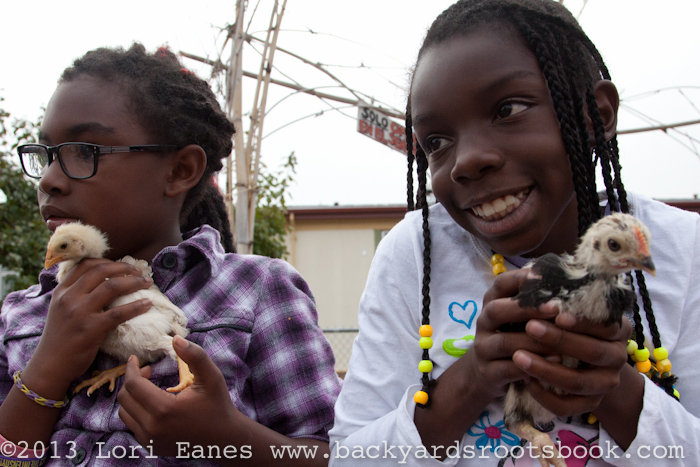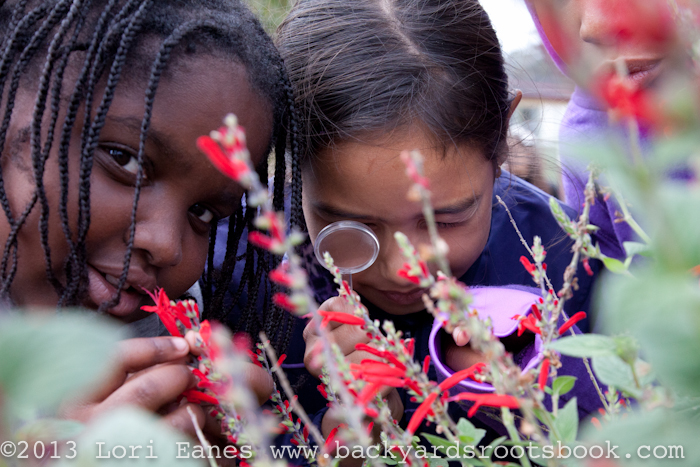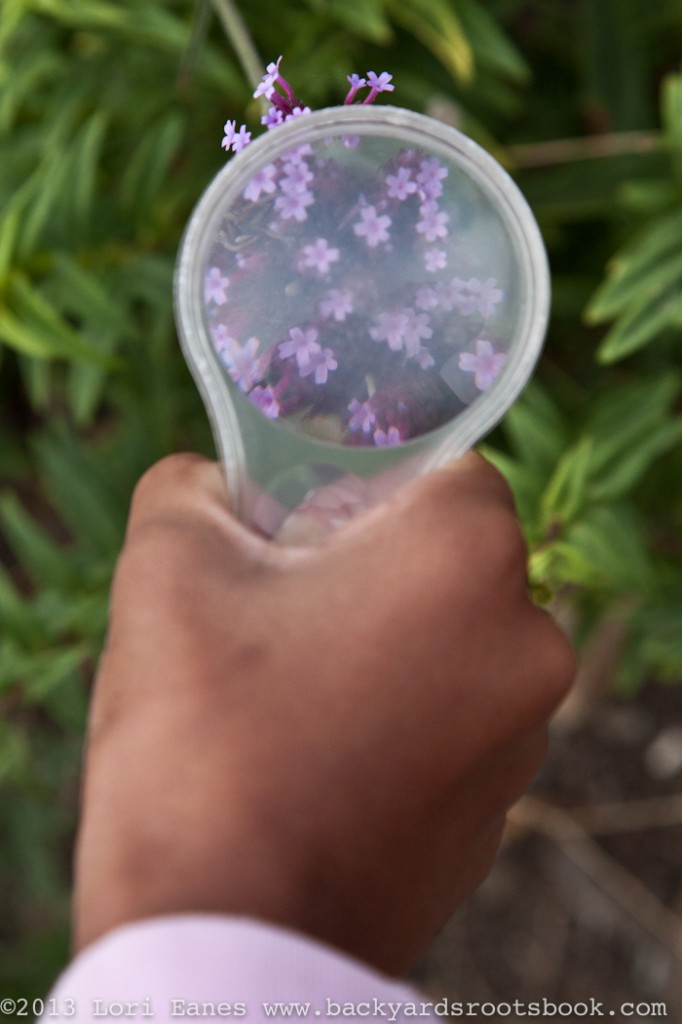While working on Backyard Roots I got to look at a lot of West Coast coops from simple to elaborate… Here’s a few to check out.
Ingela Wanerstrand in Seattle wanted a coop nice enough to be located next to her front door. She designed this coop herself and built it with the help of a friend. She wanted a coop that was didn’t smell, was reasonably priced, easy to maintain and “pretty” It even matches her Victorian cottage.
Her coop is about 6’x12’and is built mostly from scrap and costed about $500. The photo above shows all the compartments. The large door (behind Ingela) holds tools. The side door on the right is for easy cleaning, the three smaller doors are for fun– neighborhood kids like guess which door has the egg behind it. Below the three doors she keeps feed, and small door above is for ventilation. The green roof filters and slows rainwater that goes down rain chains into small barrels.
The back of the coop shows how easy it is to compost the bedding into a bathtub shipping crate She uses wood shavings for the bedding which makes great compost. The back has the 6’x6′ run covered with 1/4″ hardware cloth. She says the coop is really easy to clean and never smells.
If you live in Vancouver BC you might want to talk to Duncan Martin, above, who builds and sells custom coops and mobile chicken tractors. The “Vancooper” model above is the one he has at home and it’s meant for 3-7 hens. Built of Western red cedar and galvanized wire mesh and measures 4×8′ so it can fit over standard raised beds and be easily rotated. It’s great for renters because it can be easily disassembled and moved. Duncan defines it as “the bylaw-compliant, pest-defiant, not-too-giant, and exceptionally pliant coop for the self-reliant and epicurious client.” Check out Duncan’s coops and chicken-keeping website to learn more: www.dailyeggs.com.
Yolanda Burrell’s Oakland Coop is one of two in her backyard the that shows you can build a solid, safe and functional coop almost entirely from scraps. Here’s her description: “The actual coop was made from a salvaged shipping crate that we got off Freecycle. It was raised off the ground to provide some shade underneath for the chickens. The run is made from salvaged wood leftovers from various neighborhood construction projects. The run is completely enclosed on all four sides as well as the top and bottom in hardware cloth to make it predator proof. We made it tall enough for us to stand up inside for cleaning . The roof is corrugated fiberglass left over from a patio project. The coop has “sidecar” nesting boxes to allow more space for roosting inside the coop.” The run is about 6×10′ and the chickens also get to free range on the farm several times a week. Visit Yolanda’s store, Pollinate in Oakland for all your urban farm needs.
The last coop from this week’s coop round-up is John Thornton’s Portland cob coop. It was a creative project that he built as a way of dealing with a personal tragedy. The coop is made primarily from cob, a sustainable building material that uses clay, mud and straw. The green roof was influenced by a friend who builds eco roofs and the landscape was inspired by a trip to Mt Hood.
And to end the the posting on a ridiculously cute note, check out the recycled dutch door. More coops to come…
